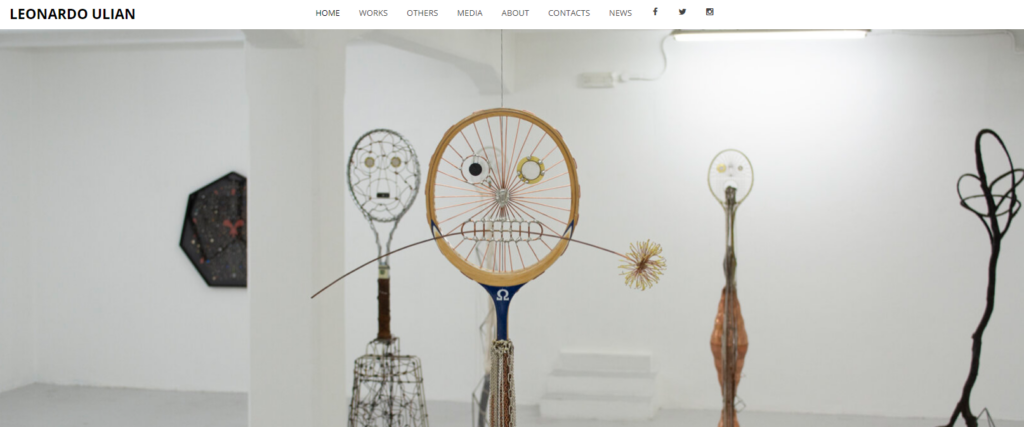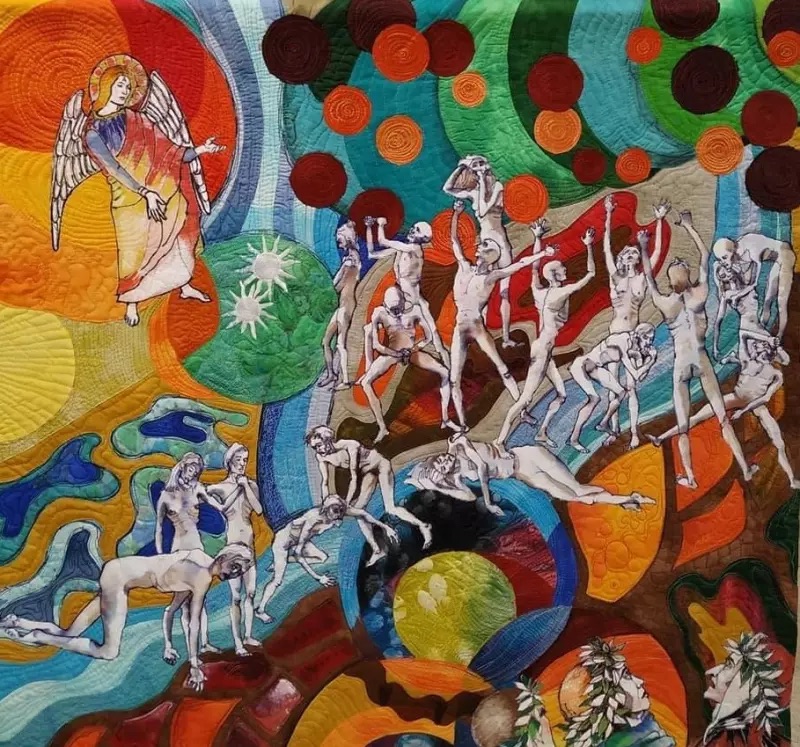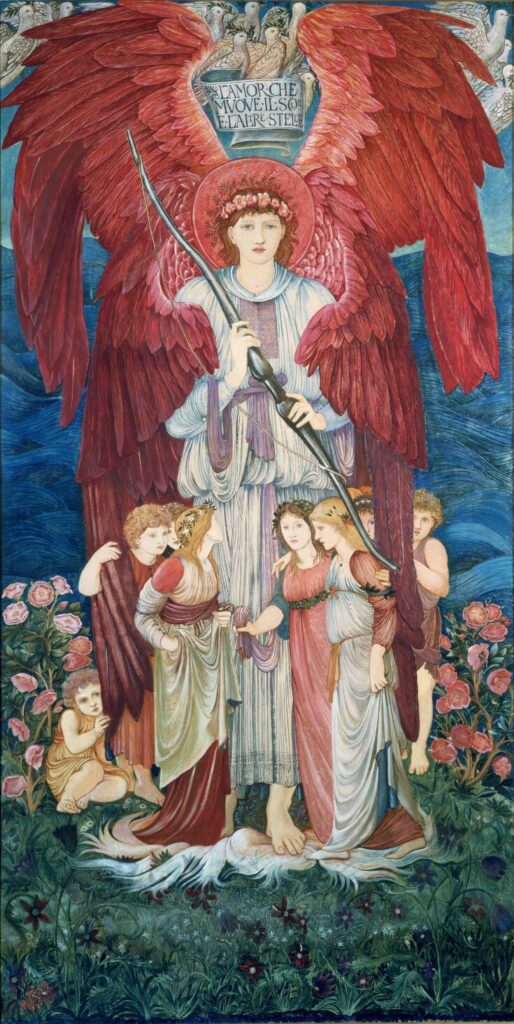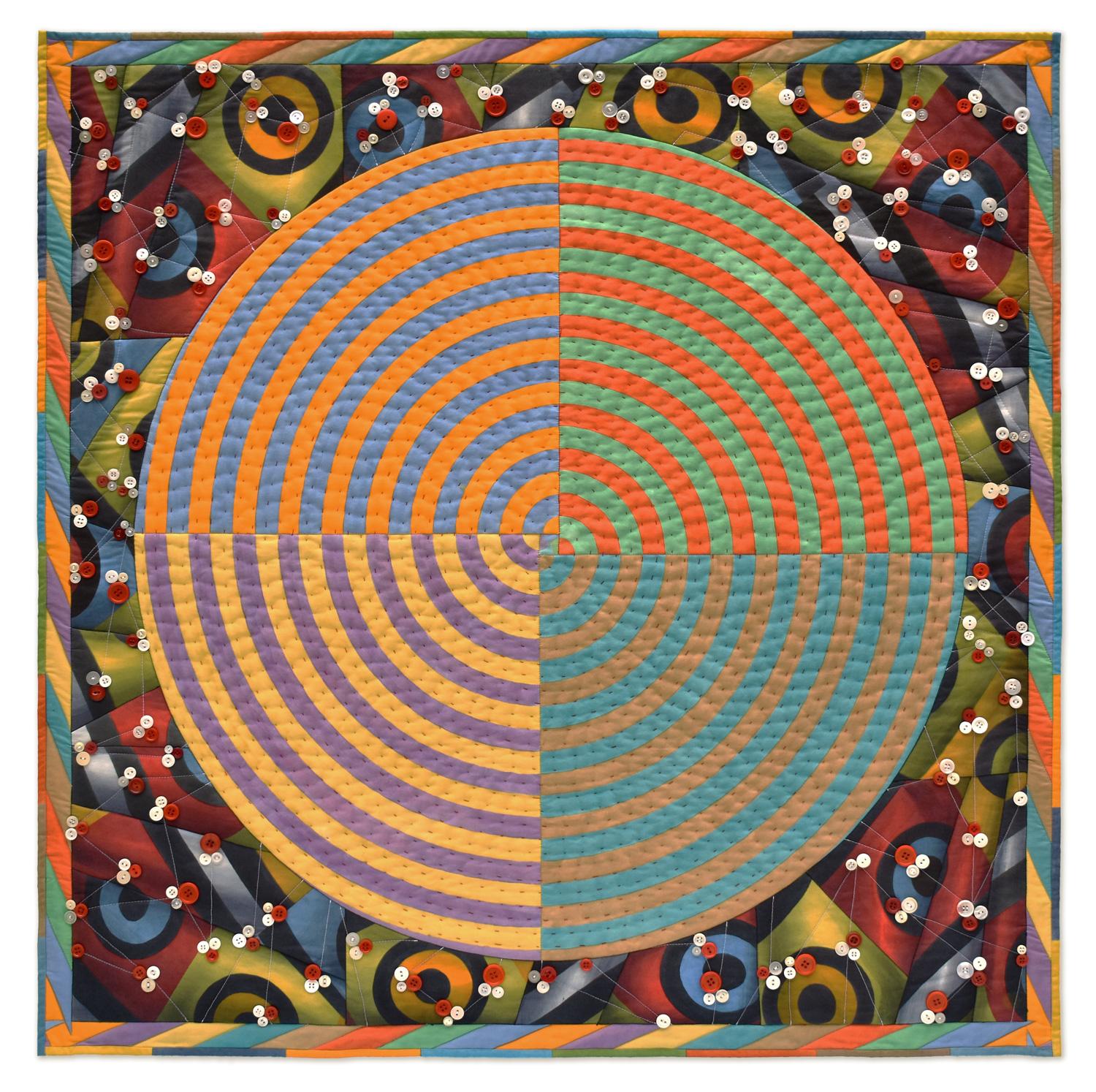
“The Flat-Massimo Carasi gallery reopens its doors to the public, after the protracted closure due to Covid 19, with a collective that look forward for a restart. Convinced that the physical space of the gallery will resist the broadsides of innovations and will remain an essential point of meeting and sharing with the public, we recognize that no man / woman is an island even in its own solitude (a very crowded solitude). Art, in all its disciplines, remains the most enthralling mystery and witnessing its representations in first person will simply remain of VITAL importance. We identify the works of art with the stars, to which Dante refers and illuminate the dark, so in this context we have chosen for the end of the season program, a roundup of works that would like to shape a physiognomy of contemporary being with her/his passions and obsessions, between damnation and holiness, bewilderment and hope.These are works that refer to woman/man but do not portray her/him directly. Instead they evoke his presence by interpreting the fetishes that are left behind as traces. The invited artists, using new and traditional media, adopt the most varied techniques to grasp the human dimension with sometimes simple, or sometimes, categorical gestures.” —Stefano Caimi, Michael Johansson, Guillaume Linard Osorio, Sali Muller, Jack Otway, Michelangelo Penso, Leonardo Ulian, …and Thence We Came Forth To See Again The Stars, Leonard Oulian, June 11-September 4, 2020 (retrieved on March 28, 2024)




